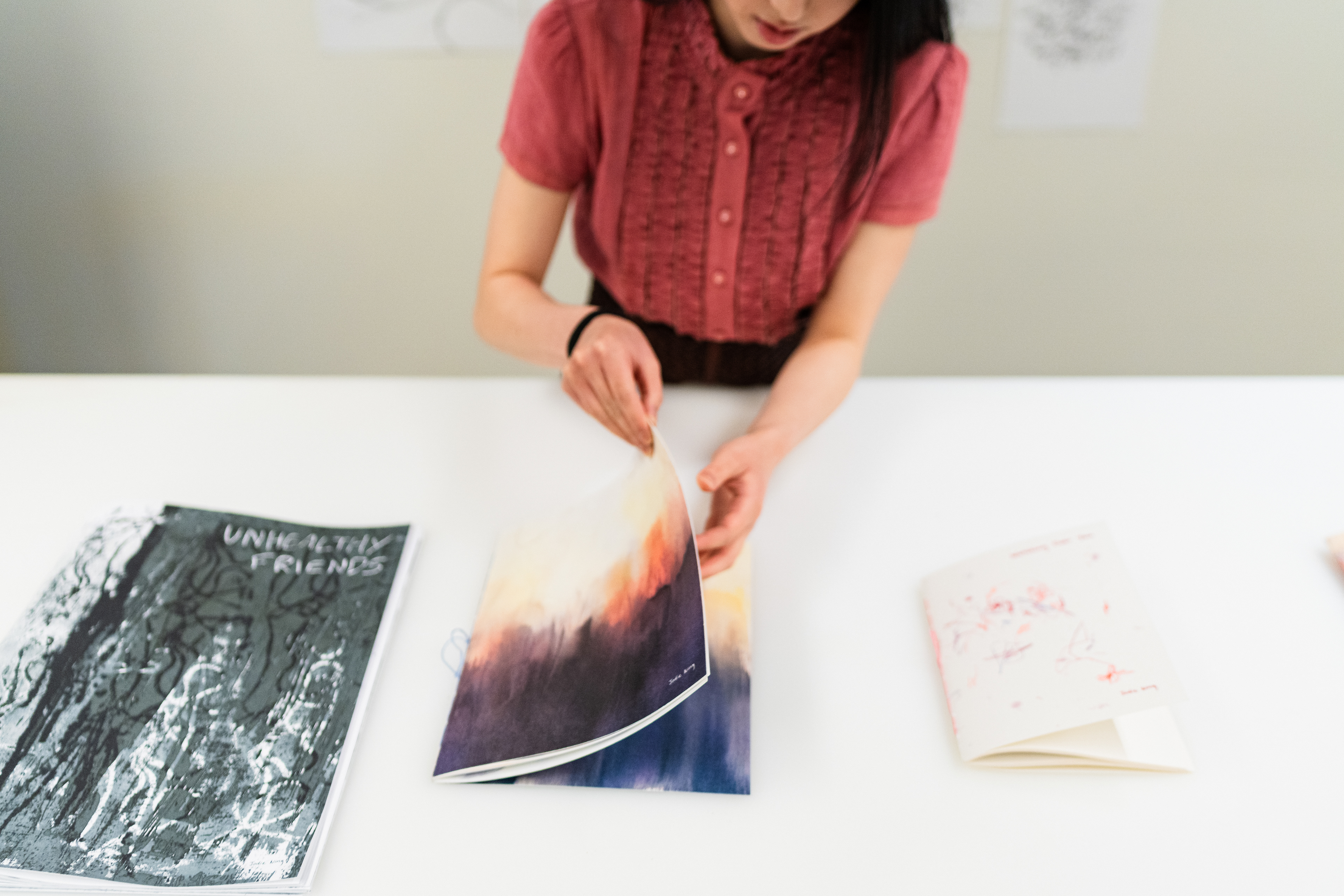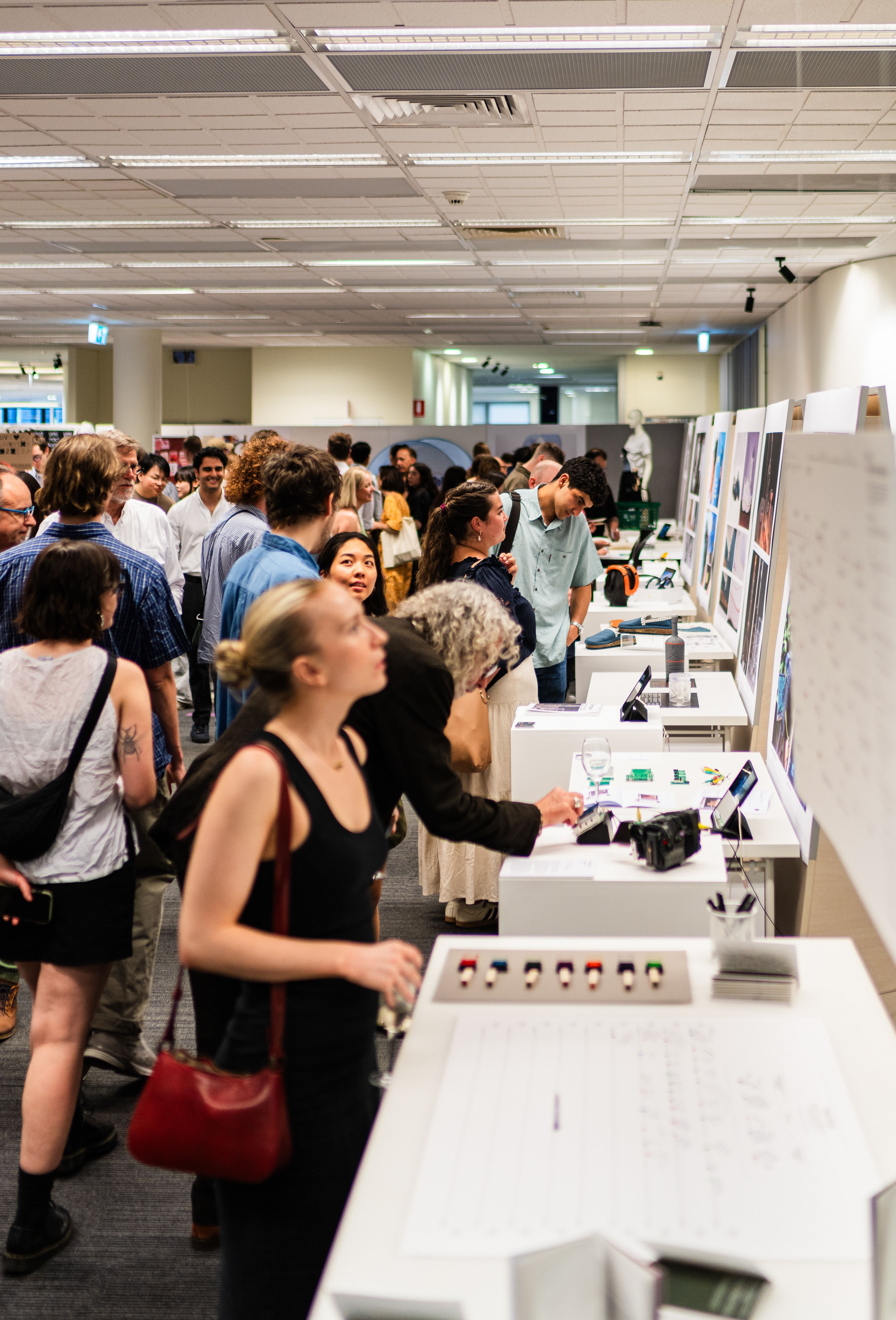Recollections From Nature is an illustrated anthology that draws parallels between the lives of plants and human experiences. The stories encourage readers to empathise with nature and combat "plant blindness"— the tendency to misunderstand and undervalue plants. Despite the importance of flora to the ecosystem, they are often overlooked. With the escalating challenges of climate change and environmental degradation, this is especially alarming

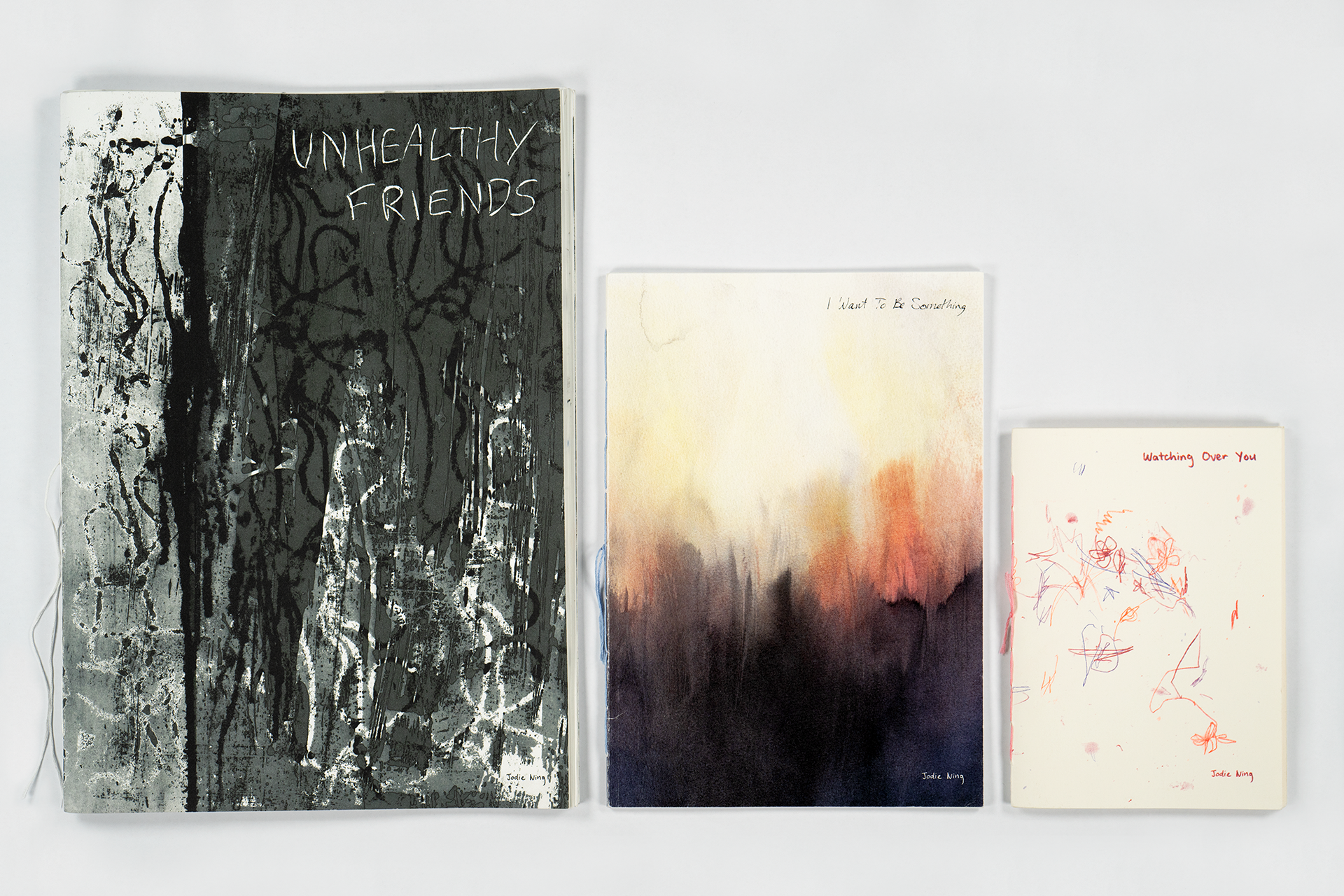
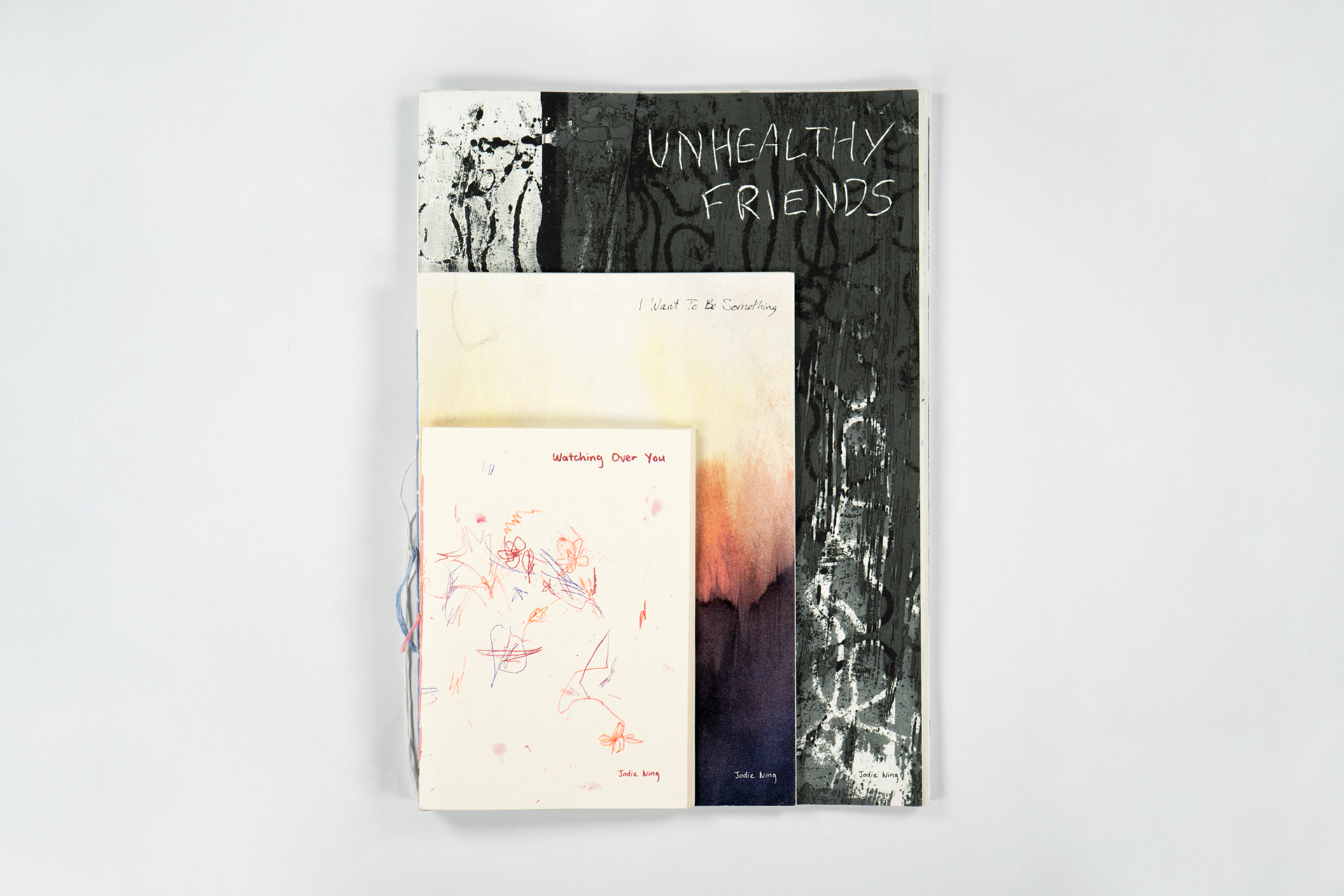
My project stems from my research into Western approaches to botanical illustration. While this practice is admirable for its artistic skill and contribution to Western science, it has a colonial history of separating plants from their Indigenous land, ecosystems, and human culture. Such a practice has led to the idea of plants as inanimate and mechanical commodities and resources for humans to control, devoid of any agency. By giving plants a voice, this anthology highlights how the needs, desires, and struggles of plants mirror our own.
Unhealthy Friends
Unhealthy Friends is a story about symbiosis — the intimate relationship between different species living together. However, like friendships, not all are healthy and mutually beneficial. The friendship between the Karri eucalyptus tree and the Australian honey fungus is parasitic. The fungus solely relies on the tree for its physical and emotional well-being, at the expense of the tree’s health.

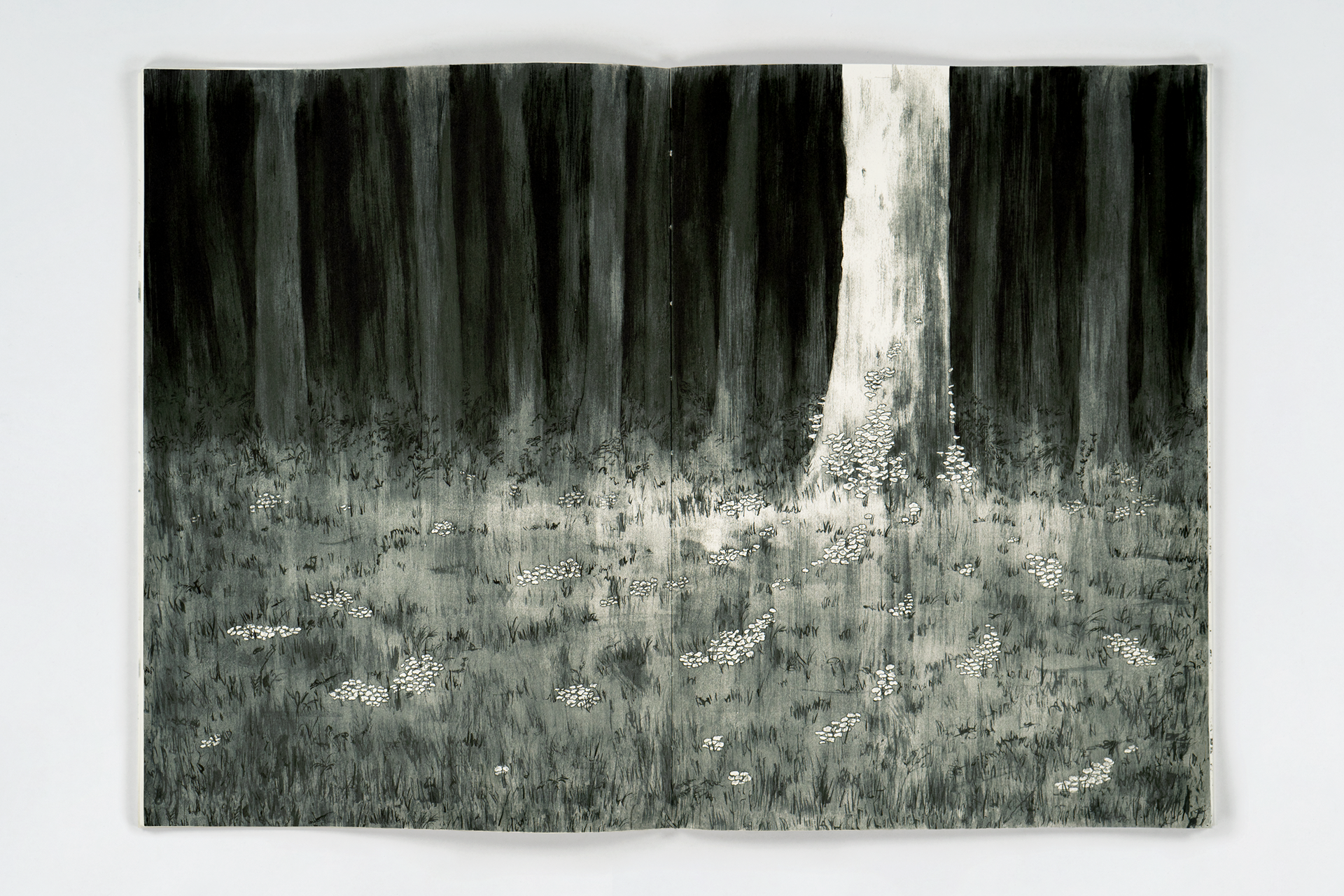

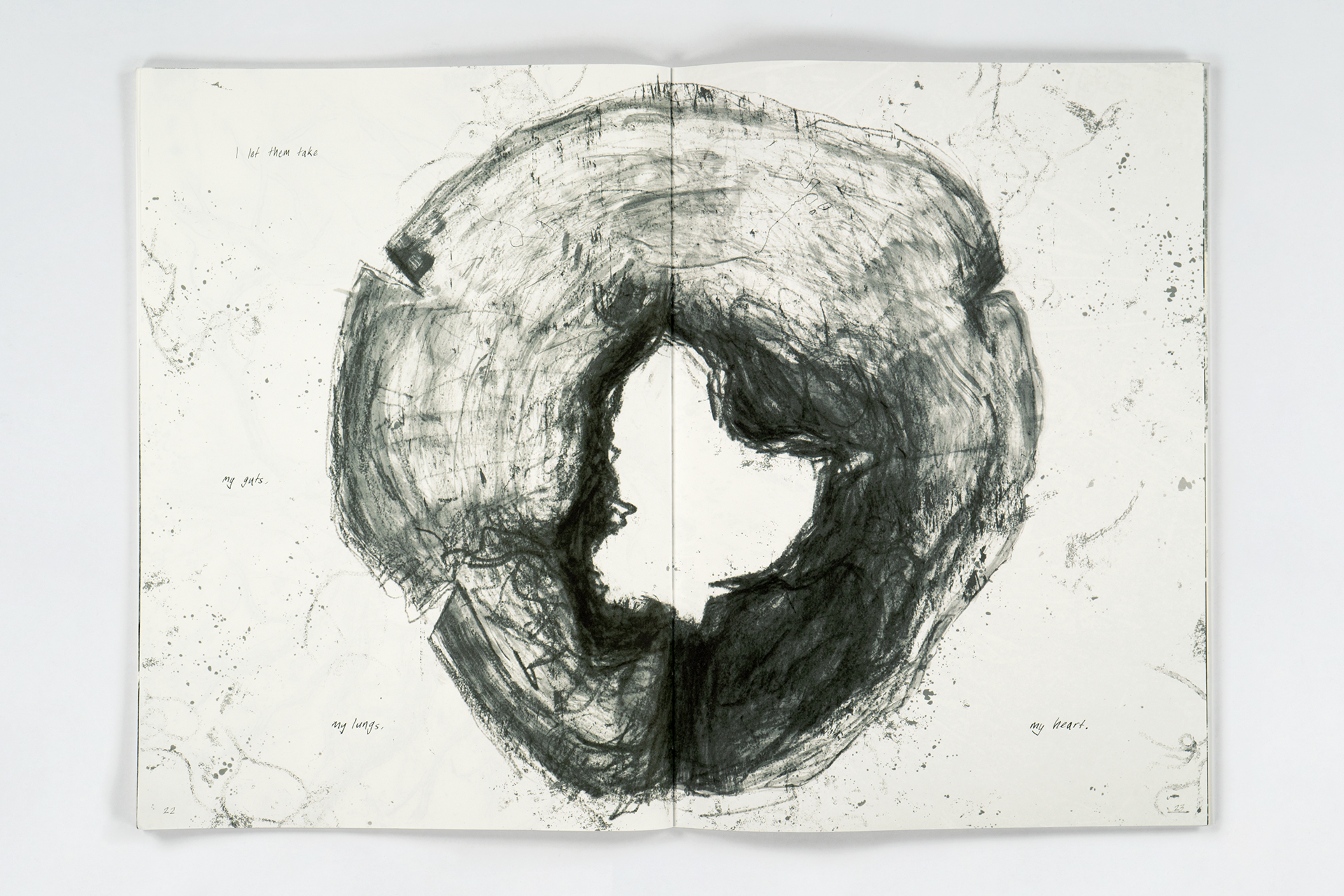
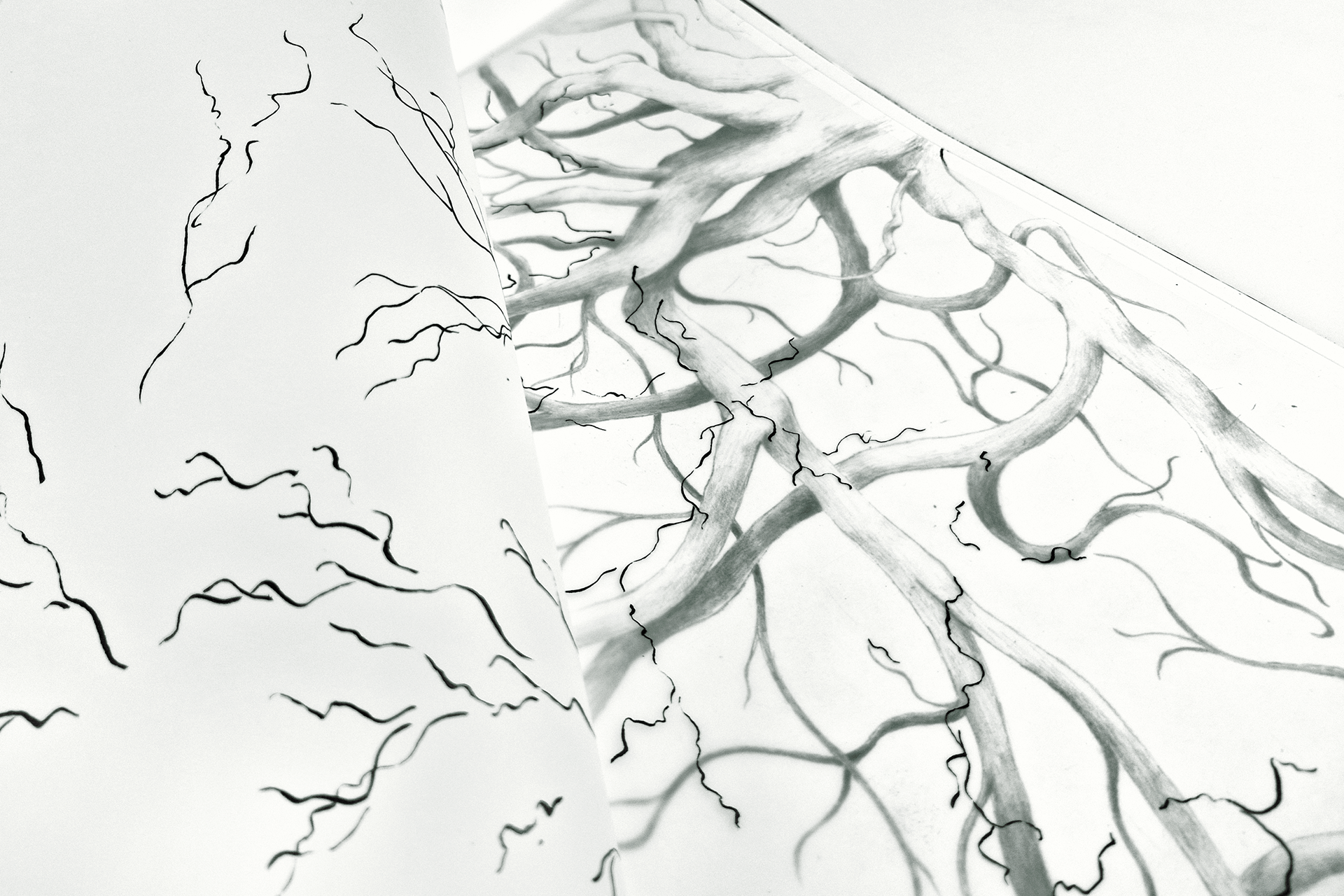


Unlike plants that use sunlight as their source of energy, fungi rely on other organisms, such as living as a symbiont of another creature, and decomposing dead organic material. The parasitic Australian honey fungus is responsible for a disease known as Armillaria root rot, which is a significant cause of Eucalyptus tree death and forest dieback. While a healthy tree will contain and outgrow the spread of the fungi, if a plant is stressed (often due to environmental conditions), it will more likely succumb to the disease. In Unhealthy Friends, the struggles of being in an unhealthy friendship are paralleled with the various symptoms of root rot.
I Want To Be Something
‘I Want To Be Something’ is about the desire to be something more and the fear of being nothing. Set in the aftermath of a bushfire, the story follows a tree and its growing hopes, dreams, and fears amongst the charred wood and smoky air.
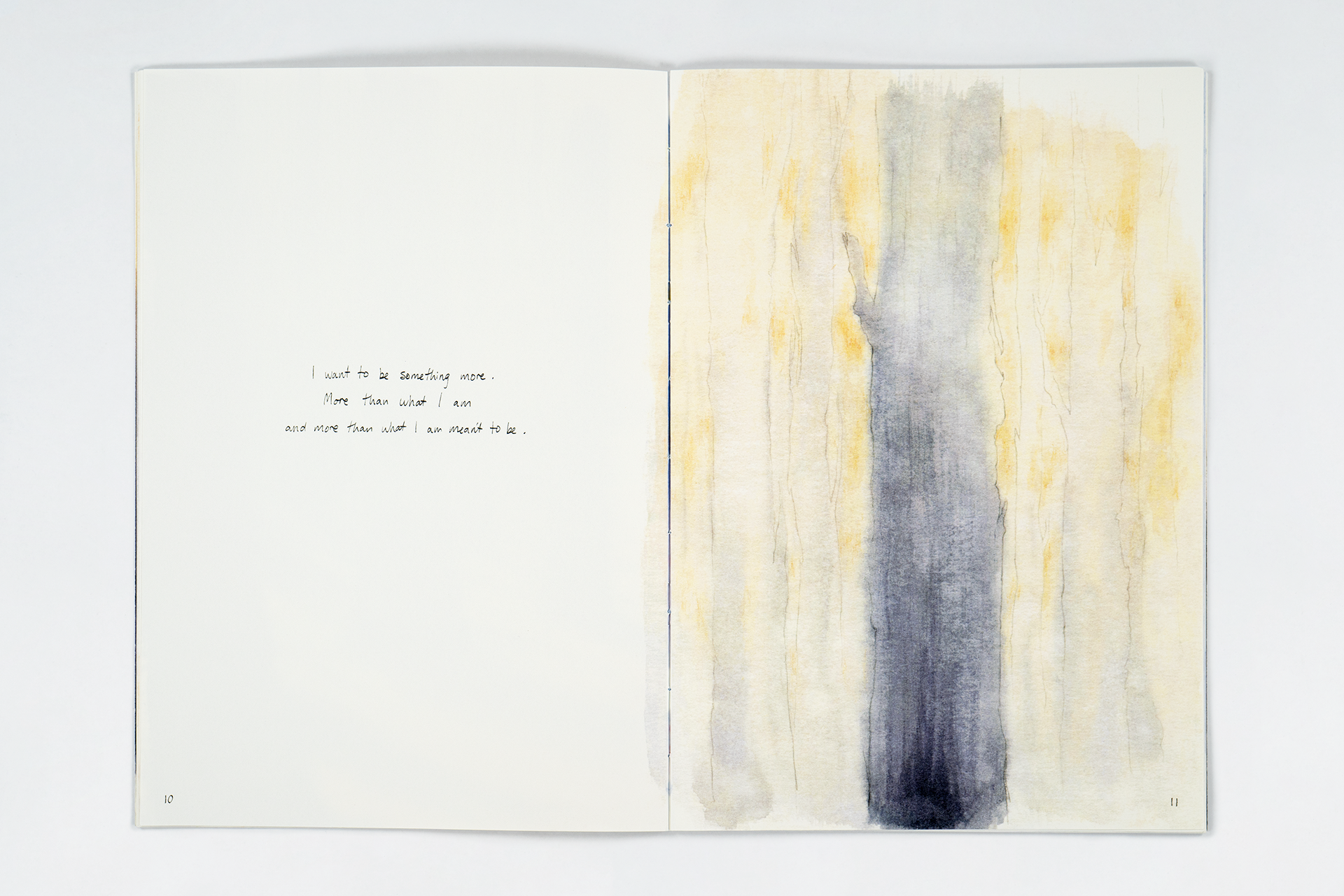





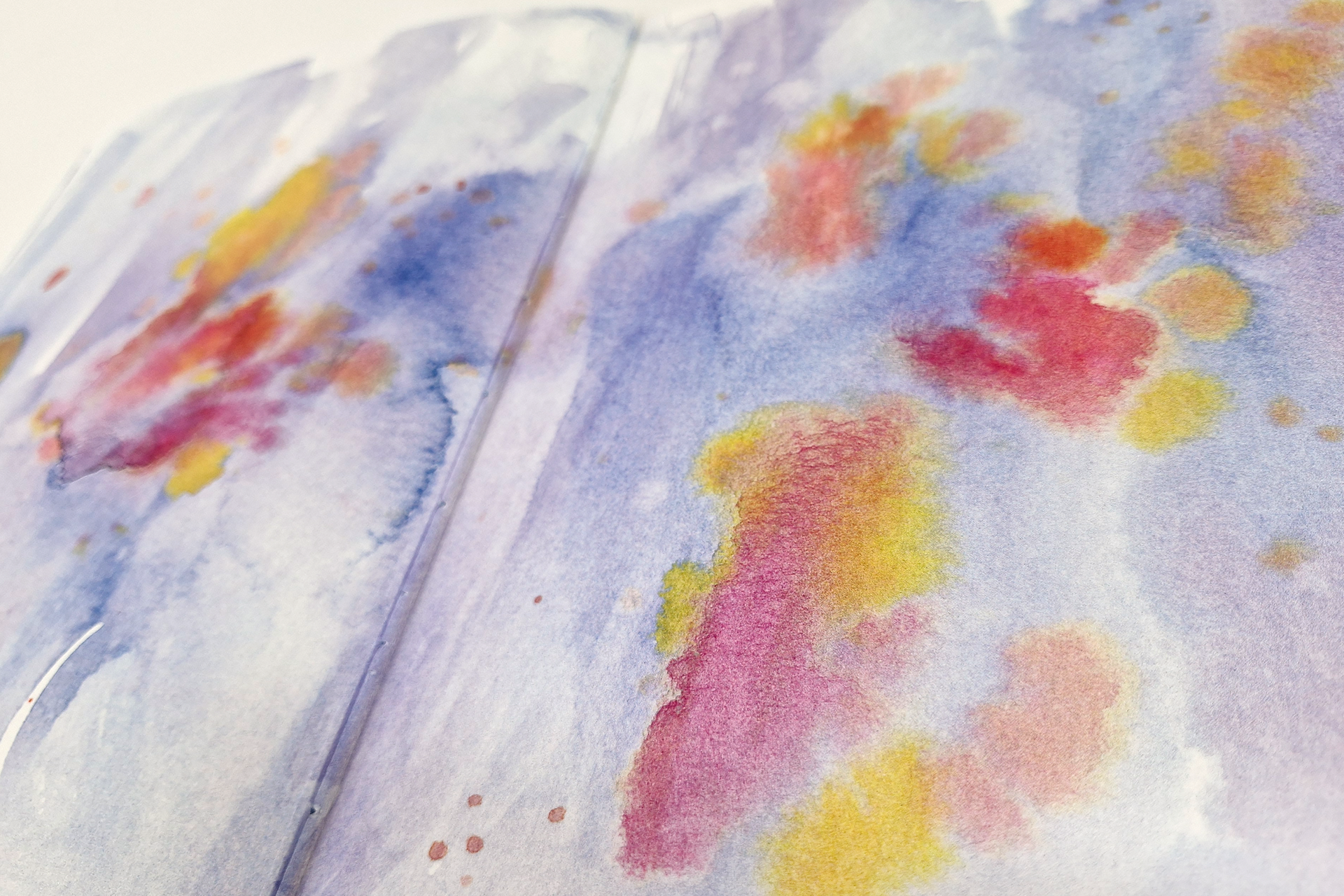
Bushfires are a regular occurrence in Australia, and many plants have adapted to these conditions, with some relying on the heat for regrowth and regeneration. Eucalyptus trees have various fire-adaptive traits, such as dormant buds that wait underneath their bark. But with rising global temperatures, the severity and frequency of these fires have been devastating. Despite their resilience, many plants are being pushed beyond their limits and are struggling to cope. For many trees, the excessive resprouting after a fire is their last-ditch attempt to survive. I wonder if these plants will continue to regrow or will they be so damaged that they ultimately perish.
Watching Over You
Watching Over You explores how we remember loved ones who have passed away through the objects they leave behind. After hearing Uncle Greg’s Snake story, I reminisced about my grandfather and his orchids. When he was alive, his plants thrived. But when he was gone, they withered away. Now they are intertwined with my memory of him.
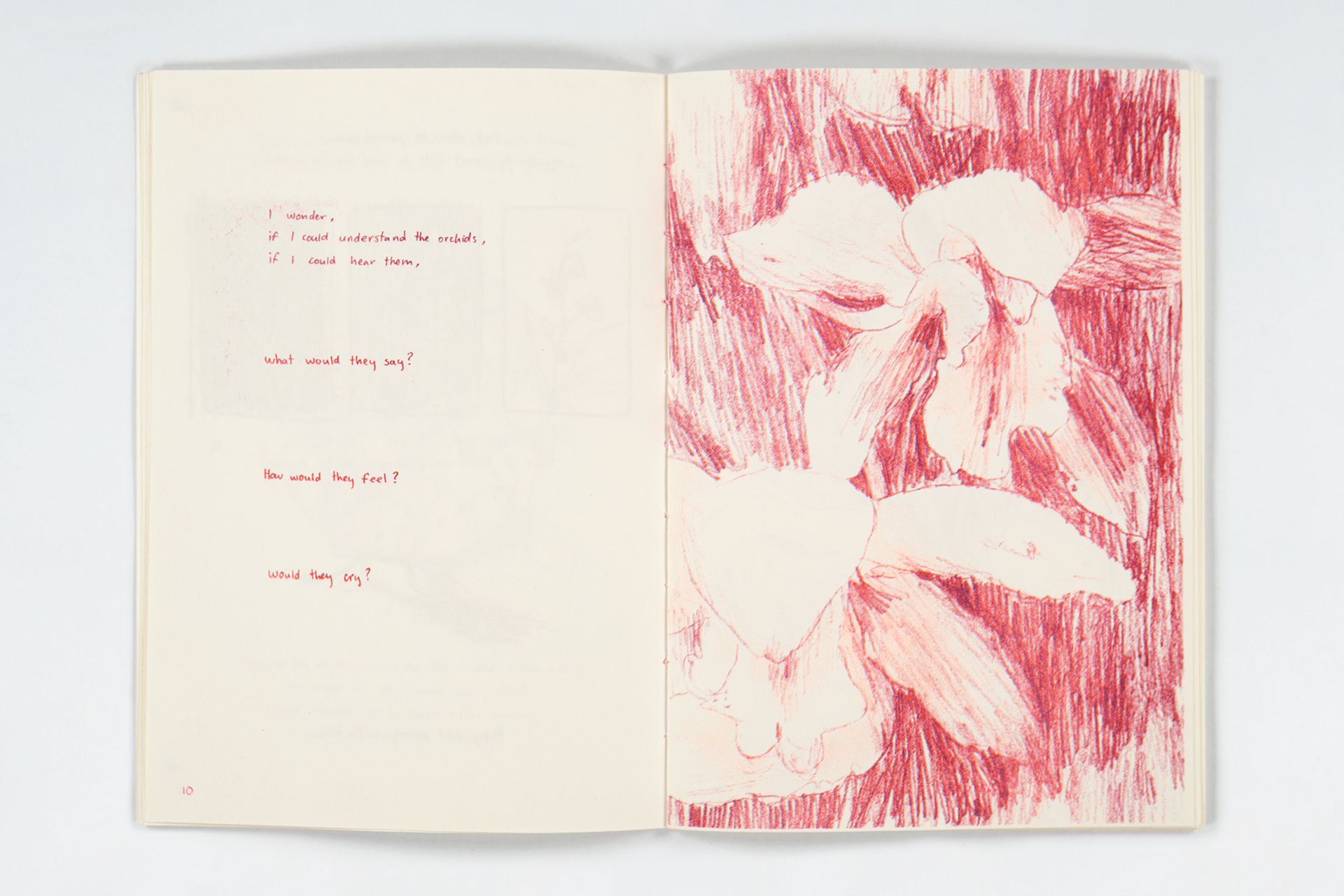
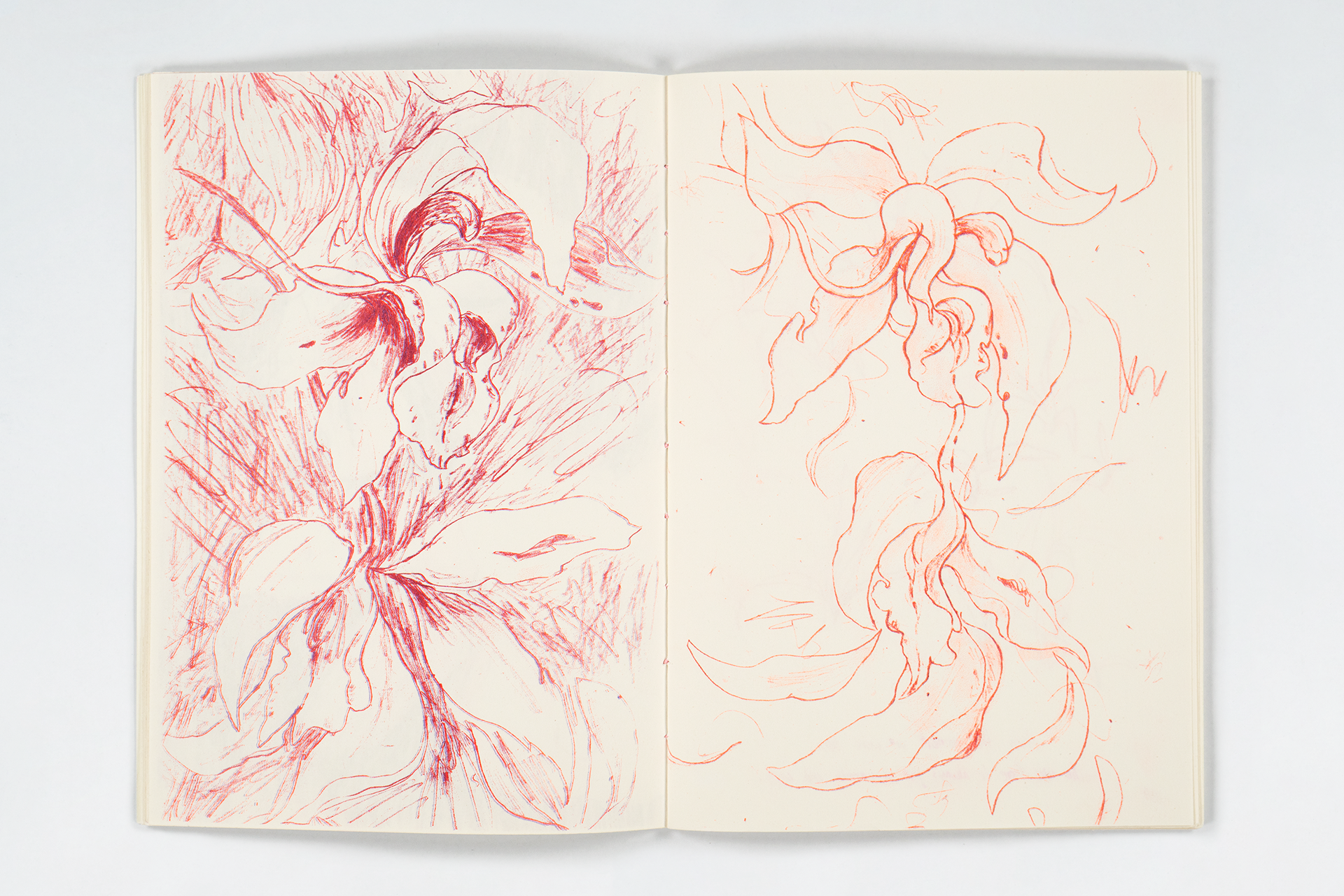
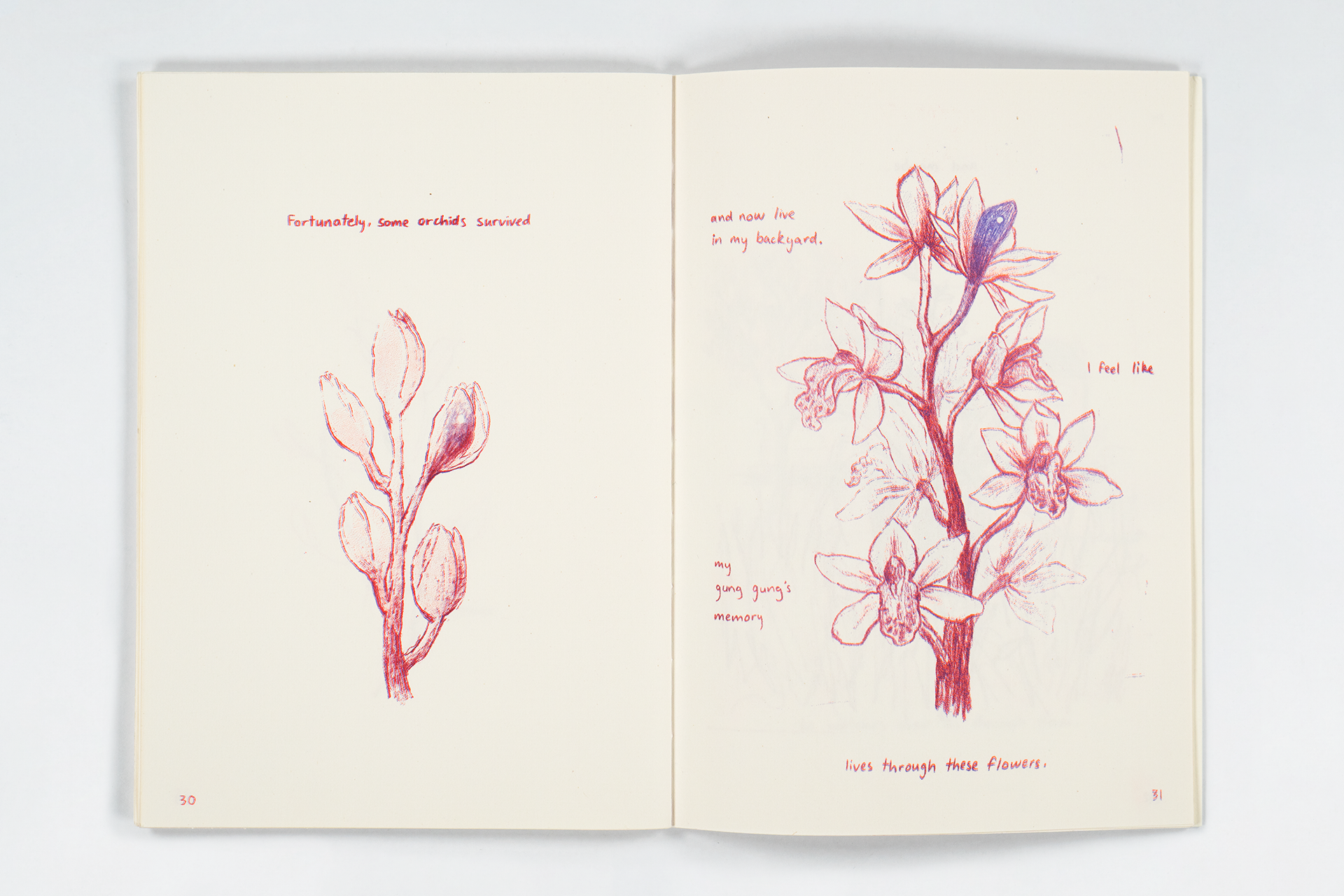
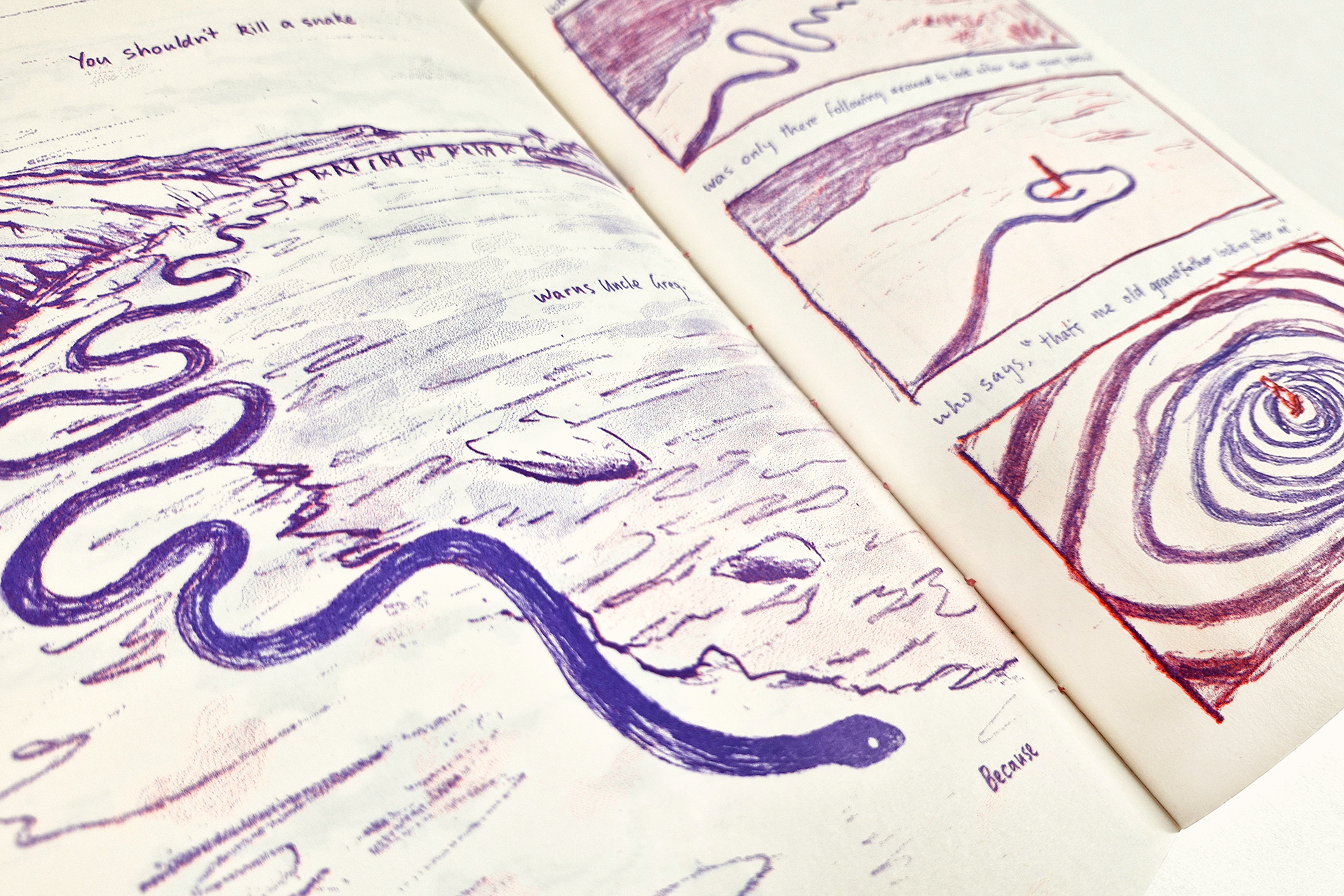
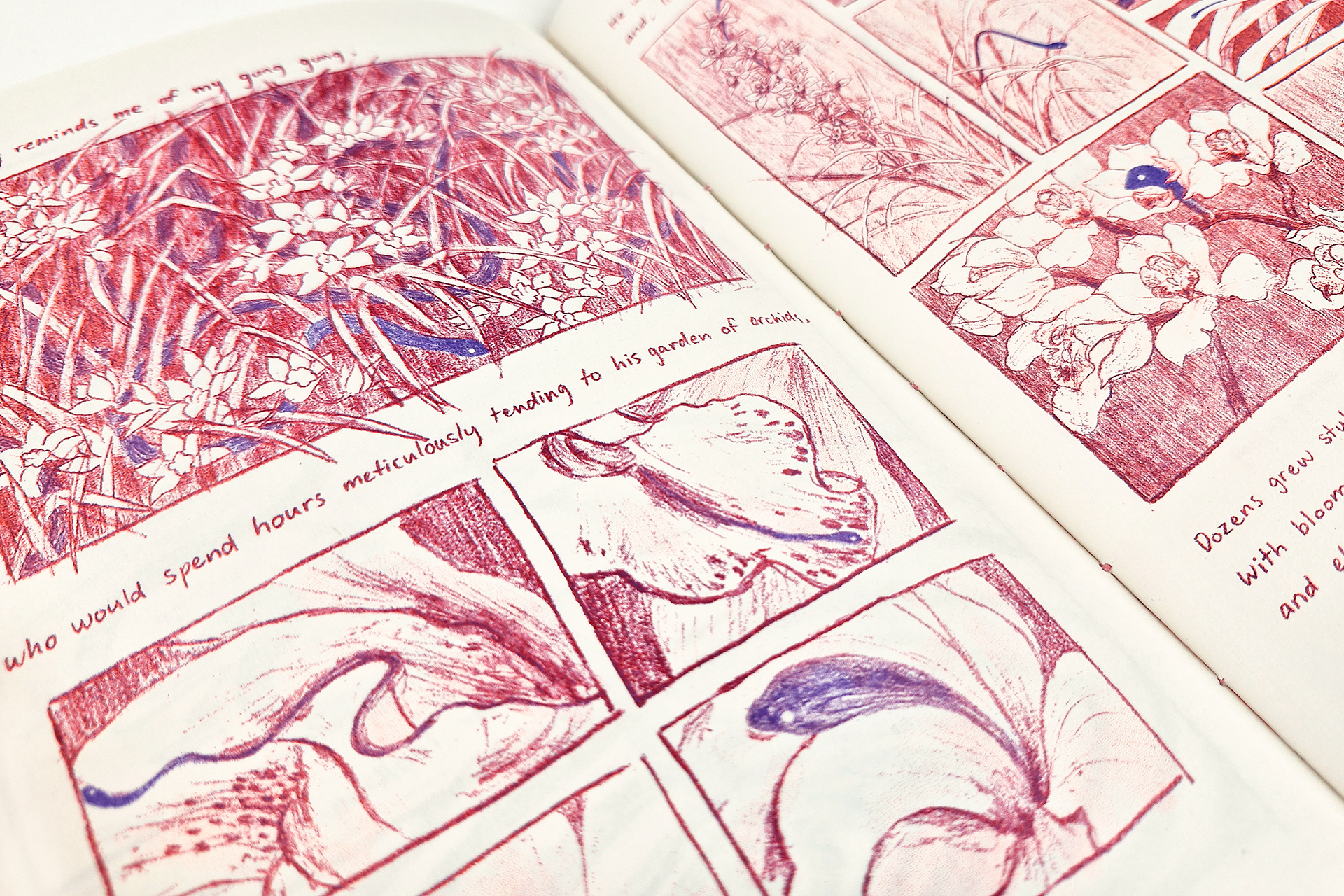
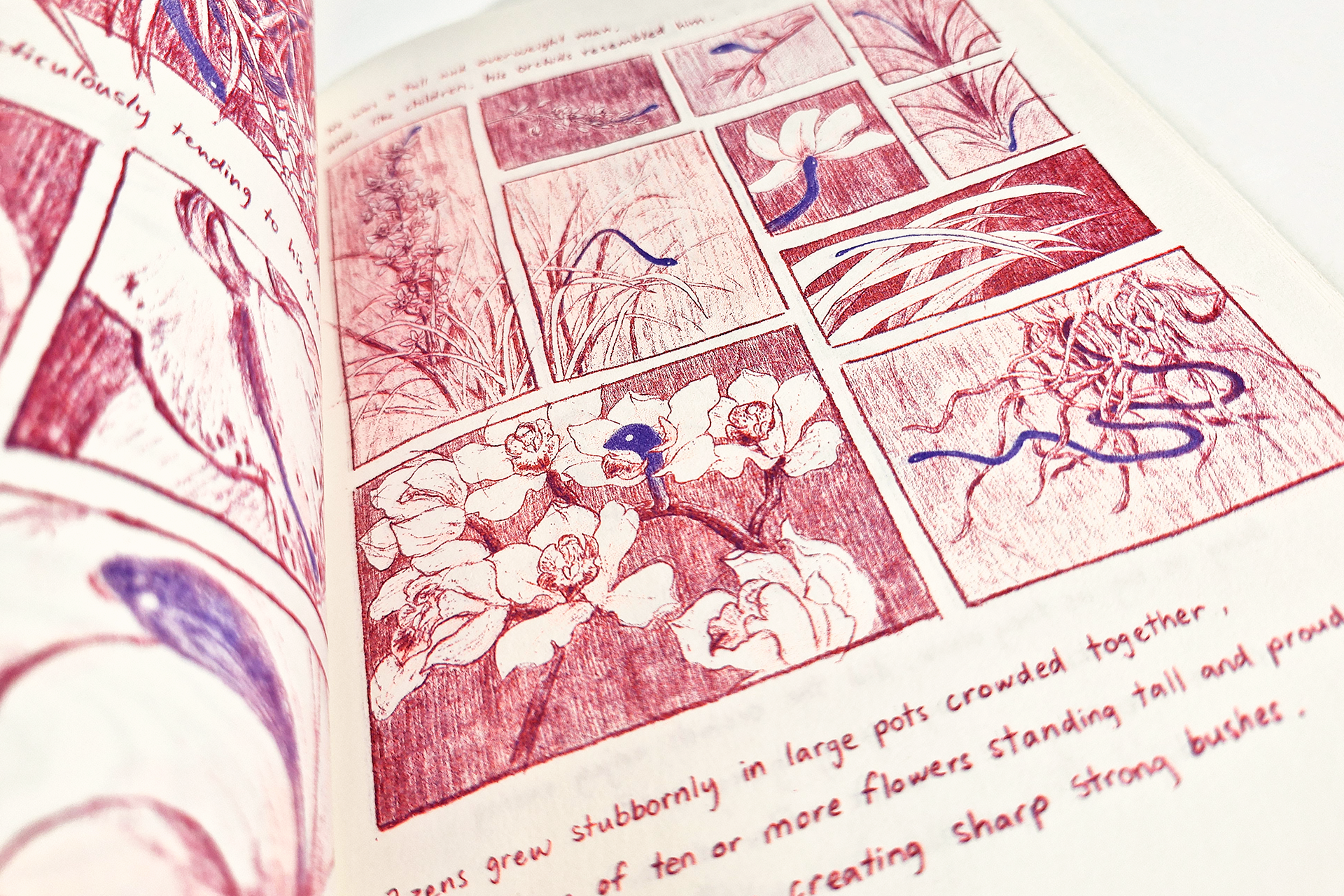
Many people have cultural and personal connections with plants. In Chinese culture, orchids are known as one of the “four gentlemen” plants. These plants are recurring themes in traditional Chinese art and have a long history as symbols in Chinese culture. The story of Watching Over You focuses on my fondness and attachment to orchids. While my gung gung had a large variety of plants in his garden, he was proudest of his Cymbidium orchids. For me, these flowers represented my gung gung, his hard work, his joy, his care, and his patience. Every time I saw an orchid, I would think of him. The orchids dying felt like losing a small part of him that had still remained after he was gone.
UTS Design Honours Showcase

